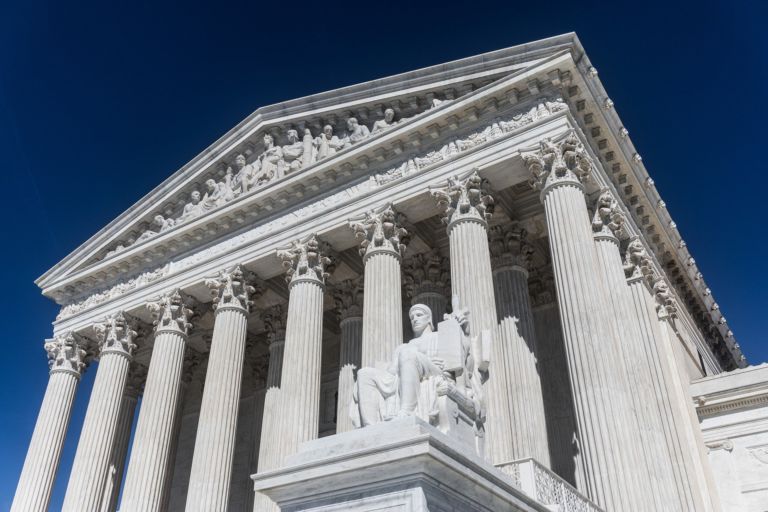Gene Epstein of Barron’s looks at American economic performance during the first full calendar quarter of President Trump’s administration. Epstein concludes “it was not stellar.”
The growth of gross domestic product in the April-June quarter ran an annualized 2.6%, an expected rebound from the usually sluggish first quarter, at 1.2%, but well within the pattern of the past several years. On Barack Obama’s watch, no fewer than 14 calendar quarters showed higher rates of growth than 2.6%, and yet the current expansion has still been the slowest since World War II.
However, the fact that the expansion has now lasted an above-average length of eight years—compared with six years for the previous expansion of 2002-07—has made some difference in terms of overall growth. By the end of the 2002-07 expansion, real GDP had gained a cumulative 18%. In the current period of growth, real GDP is up 18.5%, all because the expansion is now two years older.
Real personal consumption expenditures rose at an annual rate of 2.8% in the second quarter, while gross private domestic investment advanced by just 2.0%.
Epstein also takes aim at a popular myth about consumer spending’s dominant role in economic growth.
If consumption were the only driver, then the recession of 2001 wouldn’t have happened, since consumer spending kept rising, although at a slower rate. Still, it kept making positive contributions to the change in GDP. As of fourth-quarter ’01, the four-quarter average contribution by consumption ran 1.7 percentage points, more than offset by the debit from investment of 2.2 percentage points.
Similarly, if consumption were the only driver, then the 2008-09 recession would have been relatively mild, instead of being the deepest since the Great Depression. All key components of GDPI plunged during this period, including investment in structures (factories, offices, stores), in equipment and software, in residential housing, and in business inventories of goods.
Given investment activity’s pattern of plunging during recessions, it isn’t surprising that it tends to snap back during recoveries, while matching or even exceeding consumption’s contribution to GDP, as investing did in the first few years of the current expansion.


